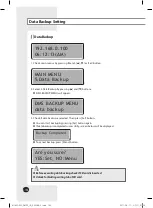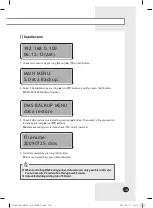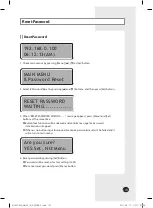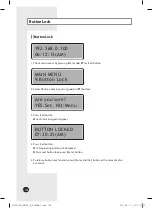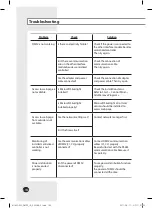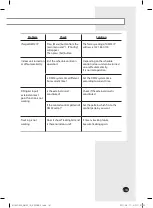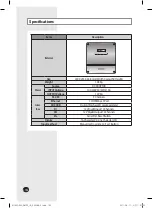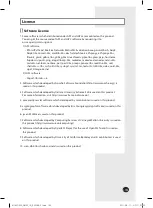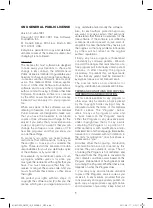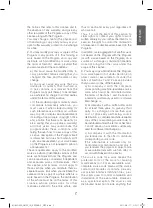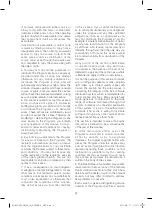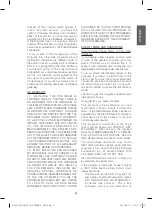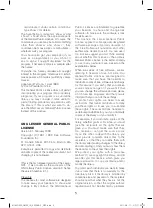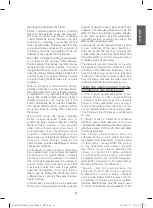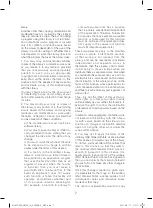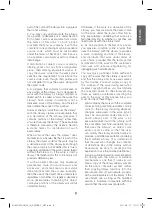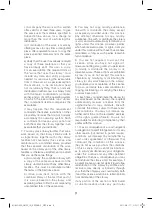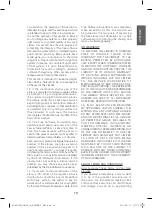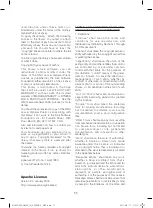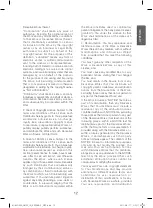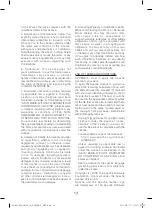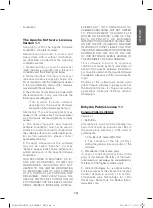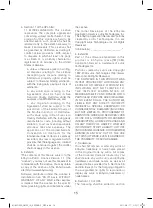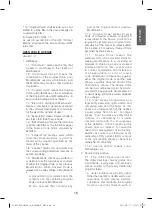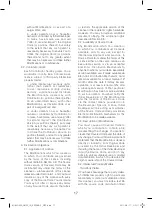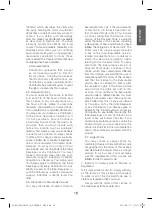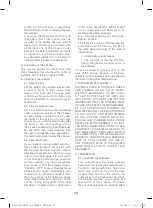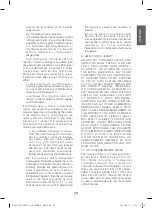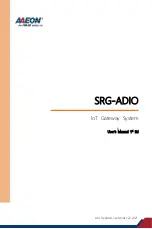
5
redistribute it under certain conditions;
type `show c’ for details.
The hypothetical commands `show w’ and
`show c’ should show the appropriate parts
of the General Public License. Of course, the
commands you use may be called something
other than `show w’ and `show c’; they
could even be mouse-clicks or menu items--
whatever suits your program.
You should also get your employer (if you
work as a programmer) or your school, if
any, to sign a “copyright disclaimer” for the
program, if necessary. Here is a sample; alter
the names:
Yoyodyne, Inc., hereby disclaims all copyright
interest in the program `Gnomovision’ (which
makes passes at compilers) written by James
Hacker.
signature of Ty Coon, 1 April 1989
Ty Coon, President of Vice
This General Public License does not permit
incorporating your program into proprietary
programs. If your program is a subroutine
library, you may consider it more useful to
permit linking proprietary applications with
the library. If this is what you want to do,
use the GNU Lesser General Public License
instead of this License.
GNU LESSER GENERAL PUBLIC
LICENSE
Version 2.1, February 1999
Copyright (C) 1991, 1999 Free Software
Foundation, Inc.
51 Franklin Street, Fifth Floor, Boston, MA
02110-1301 USA
Everyone is permitted to copy and distribute
verbatim copies of this license document, but
changing it is not allowed.
[This is the first released version of the Lesser
GPL. It also counts as the successor of the
GNU Library Public License, version 2, hence
the version number 2.1.]
Preamble
The licenses for most software are designed
to take away your freedom to share and
change it. By contrast, the GNU General
Public Licenses are intended to guarantee
your freedom to share and change free
software--to make sure the software is free
for all its users.
This license, the Lesser General Public
License, applies to some specially designated
software packages--typically libraries--of
the Free Software Foundation and other
authors who decide to use it. You can use it
too, but we suggest you first think carefully
about whether this license or the ordinary
General Public License is the better strategy
to use in any particular case, based on the
explanations below.
When we speak of free software, we are
referring to freedom of use, not price. Our
General Public Licenses are designed to
make sure that you have the freedom to
distribute copies of free software (and charge
for this service if you wish); that you receive
source code or can get it if you want it; that
you can change the software and use pieces
of it in new free programs; and that you are
informed that you can do these things.
To protect your rights, we need to make
restrictions that forbid distributors to deny
you these rights or to ask you to surrender
these rights. These restrictions translate to
certain responsibilities for you if you distribute
copies of the library or if you modify it.
For example, if you distribute copies of the
library, whether gratis or for a fee, you must
give the recipients all the rights that we
gave you. You must make sure that they,
too, receive or can get the source code.
If you link other code with the library, you
must provide complete object files to the
recipients, so that they can relink them with
the library after making changes to the library
and recompiling it. And you must show them
these terms so they know their rights.
We protect your rights with a two-step
method: (1) we copyright the library, and (2)
we offer you this license, which gives you
legal permission to copy, distribute and/or
modify the library.
To protect each distributor, we want to make
it very clear that there is no warranty for the
free library. Also, if the library is modified by
someone else and passed on, the recipients
should know that what they have is not the
original version, so that the original author’s
reputation will not be affected by problems
MIM-D00A_DMS2_IB_E 33388-2_부록.indd 5
2011-08-17 오전 11:02:02

